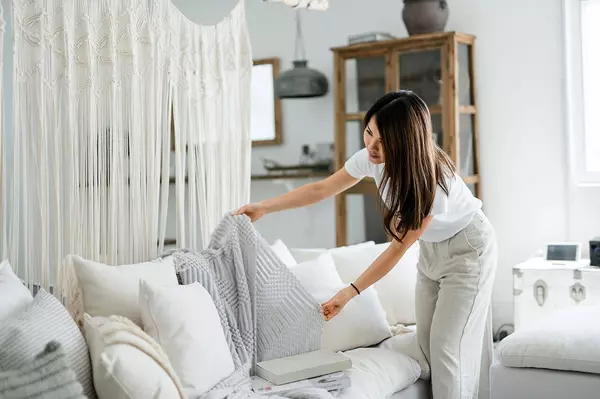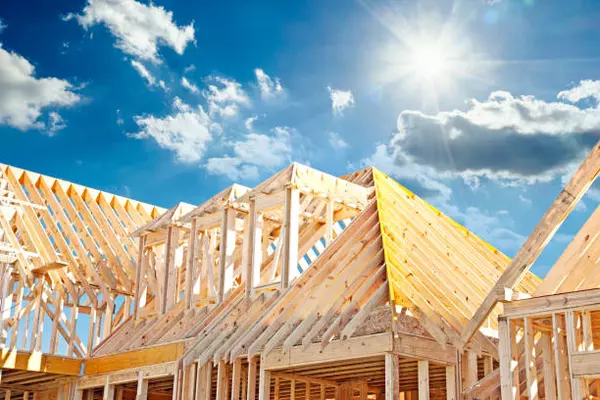

Clear the Clutter: Your Ultimate Guide to Decluttering for a Successful Home Sale
Selling your home is an exciting journey, but before you can put that "For Sale" sign in the yard, there’s one crucial step you can’t skip: decluttering. A clean, organized space not only makes your home look bigger and brighter, but it also helps potential buyers envision themselves living there. R
Read More

The Art of Home Staging: 5 Tips to Make Your Home Stand Out
When it comes to selling your home, first impressions are everything. That’s where the art of home staging comes in. Home staging is all about showcasing your home’s best features, creating an inviting atmosphere, and helping potential buyers envision themselves living in the space. With a few strat
Read More

Unlocking the Hidden Wealth in Your Home: The Surprising Equity You’ve Built Over the Years
Owning a home is more than just having a place to call your own—it’s also one of the best ways to build wealth over time. What many homeowners don’t realize is just how much equity they’ve accumulated through the years. Whether you’ve been in your home for a few years or decades, your property may h
Read More

7 Proven Open House Hacks: How to Wow Buyers on Day One
First impressions matter—especially when it comes to selling your home. The open house is your chance to wow potential buyers and show off your property in its best light. A successful open house can generate buzz, attract offers, and set your home apart from the competition. But how do you make sur
Read More
Categories
Recent Posts










